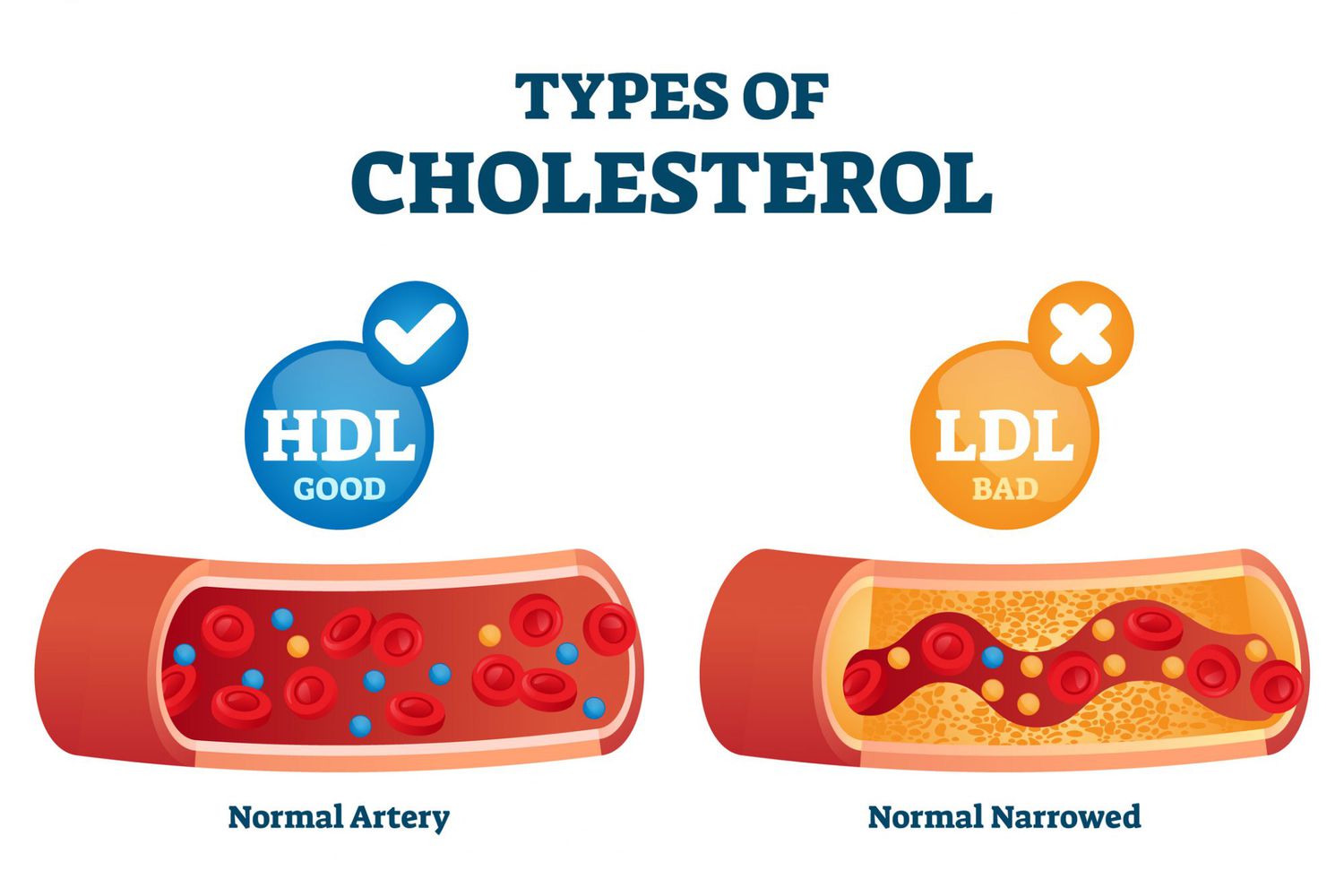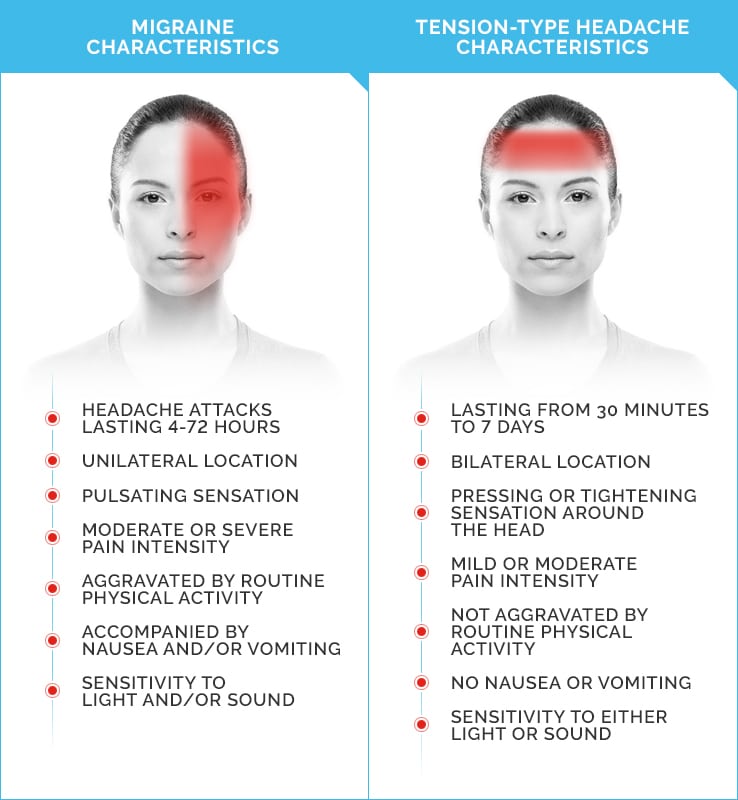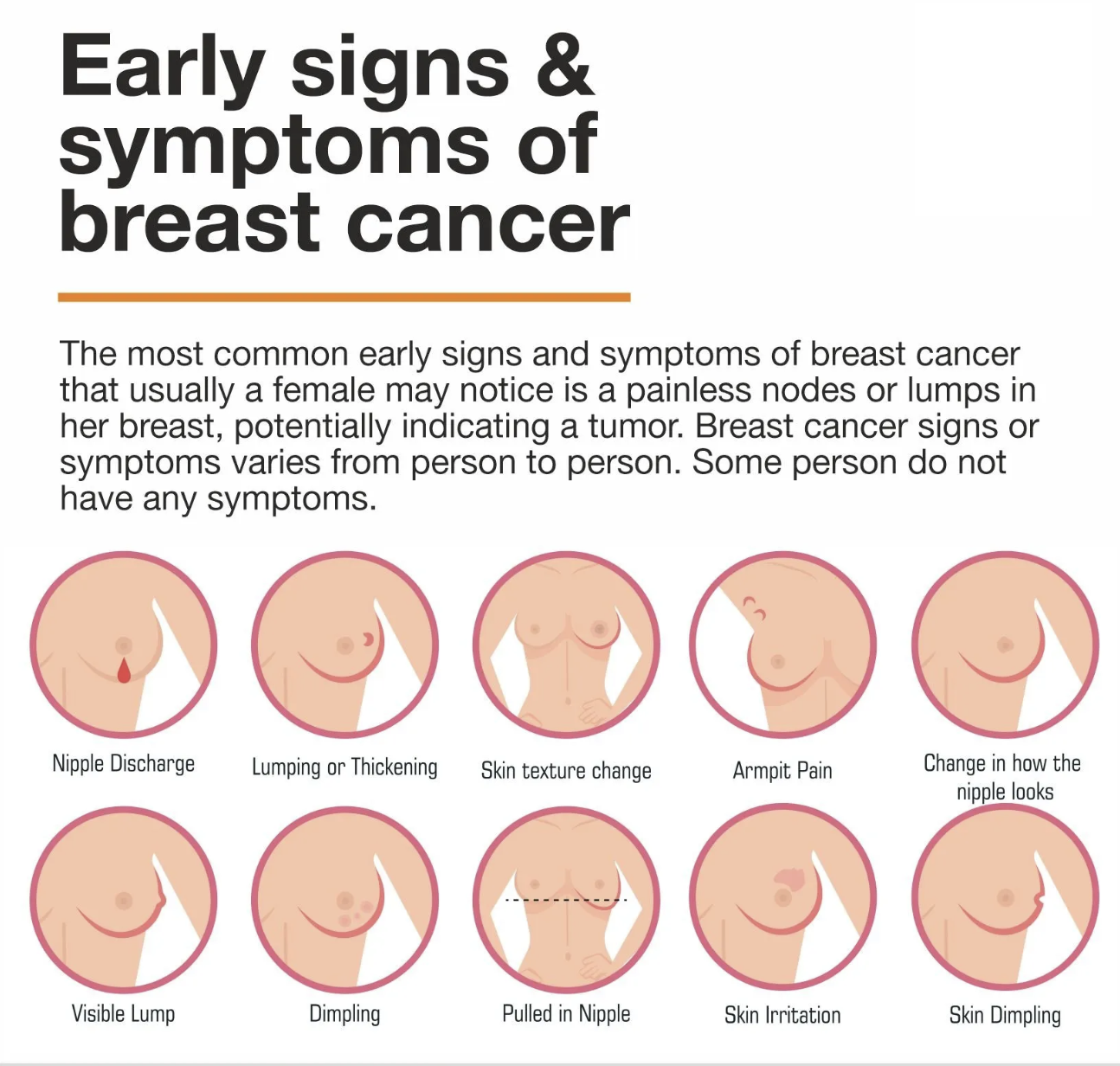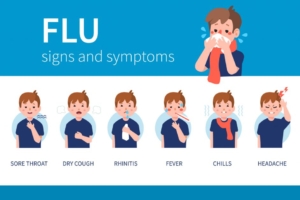Medical myths: All about weight loss
1. Skipping breakfast aids weigh loss
The common adage that breakfast is the most important meal of the day may or may not be true, but it seems unlikely that skipping the morning meal aids weight loss.
The rationale behind this strategy is that missing one meal a day leads to a lower overall intake of calories. However, the story is not so straightforward.
One study, published in 2010, analyzed food intake information from 2,184 people aged 9–15 years. Twenty years later, the researchers asked for the same information again.
They compared data from people who had skipped breakfast during childhood and adulthood with data from those who had never skipped breakfast or had done so only in adulthood.
Compared with the other groups, the participants who skipped breakfast during both childhood and adulthood tended to have larger waist circumferences, higher fasting insulin levels, and higher total cholesterol levels.
Sometimes, people who skip breakfast eat more during the rest of the day to counteract the deficit. But one 2013 study
found that missing breakfast does not lead to eating more at lunch. The authors conclude that “Skipping breakfast may be an effective means to reduce daily energy intake in some adults.”
However, these researchers only monitored the participants’ food intake at lunch, not dinner. And the study only included 24 participants, so we should be wary of drawing solid conclusions from the findings.
A much larger 2007 study, which involved more than 25,000 adolescents, looked for links between skipping breakfast and having overweight. The researchers also assessed the roles of alcohol intake and levels of inactivity.
The scientists found that skipping breakfast had a stronger association with overweight than either alcohol consumption or levels of inactivity.
A 2020 systematic review and meta-analysis that appears in the journal Obesity Research & Clinical Practice concurs. After analyzing the results of 45 previous studies, the authors concluded:
“Skipping breakfast is associated with overweight/obesity, and skipping breakfast increases the risk of overweight/obesity.”
2. ‘Fat-burning’ foods can aid weight loss
Certain foods are referred to as “fat-burning.” This sounds too good to be true, and it probably is.
Some people claim that foods such pineapple, ginger, onions, avocados, asparagus, celery, chilies, broccoli, green tea, and garlic speed up the body’s metabolism, thereby helping the body burn fat.
There is little scientific evidence, however, that these foods can help reduce weight.
3. Weight loss supplements can help
Proponents of certain supplements claim that they, too, help the body burn fat. In reality, these are generally ineffective, dangerous, or both. The Food and Drug Administration (FDA) report that they have “found hundreds of products that are marketed as dietary supplements but actually contain hidden active ingredients contained in prescription drugs, unsafe ingredients in drugs that have been removed from the market, or compounds that have not been adequately studied in humans.”
Jason Humbert, a senior regulatory manager at the FDA, adds:
“We’ve also found weight loss products marketed as supplements that contain dangerous concoctions of hidden ingredients, including active ingredients contained in approved seizure medications, blood pressure medications, and antidepressants.”
4. Low fat foods aid weight loss
Of course, reduced fat or low fat foods are likely to contain less fat. However, these products sometimes compensate with added sugar or salt. Checking labeling is key.
Also, it is worth noting that “reduced fat” does not necessarily mean “low fat,” but simply that the fat content of a product is lower than the full-fat version.
5. Thou shalt not snack
People may believe that snacking is a cardinal sin of dieting. In some cases, though, snacking can help people manage their caloric intake more effectively. It is not so much snacking itself, but what one snacks upon that that counts.
Snacking may be more complex than it first appears. While some snack on celery and others on cookies, some people might snack because they are hungry and others because they are bored.
Having a piece of fruit or some low fat yogurt between meals, for instance, might reduce food cravings, keeping a person from overeating at mealtimes or resorting to more energy-dense snacks.
Some research has shown that people with obesity are more likely to snack than people without the condition. In this case, switching from unhealthful to healthful snacks may aid in weight loss, if this is a goal.
In general, snacking is multifaceted — it may support or hinder weight loss efforts, and in some cases it may have little effect. Older research, from 2007, investigated the role of snacking in weight loss. In the yearlong study, the researchers asked one group of participants to have three meals a day, without snacking. A second group was asked to have three meals and three snacks daily. Individuals in both groups consumed equivalent amounts of energy each day.
At the end of the study, the authors found no difference in weight loss between the two groups; snacking, it seems, neither helped nor hindered.
Another study, from 2011, investigated the “relationship between eating frequency and weight loss maintenance.” The researchers recruited participants who had previously had overweight or obesity but who had since maintained healthy weights.
They compared these individuals’ eating patterns with those of people with obesity and people with healthy weights who had never had overweight.
The team found that participants with healthy weights ate more snacks than those who had lost weight — and that people with overweight ate the fewest snacks.
Overall, the authors concluded that “Eating frequency, particularly in regard to a pattern of three meals and two snacks per day, may be important in weight loss maintenance.”
6. No treats allowed
This follows on from the myth above. Of course, limiting sugary, high fat treats is important, but cutting them out entirely is unnecessary and could be counterproductive.
As the British Heart Foundation explain:
“Depriving yourself of all the foods you enjoy won’t work. You’ll eventually give into temptation and abandon your efforts. There’s no harm in allowing yourself a treat now and again.”
7. Some sugars are worse than others
There is a rumor that minimally processed sugars, such as those in maple syrup or honey, are more healthful than white sugar. In reality, our bodies process sugar in the same way — regardless of its source. The gut reduces all sugars into monosaccharides.
Rather than looking at sugar processing, it is more important to note the amount of sugar in any food. All types of sugar provide around 4 calories per gram.
8. Cut out all sugar
Following on from the myth above, we know that all sugar is high in calories. However, a person looking to lose weight does not need to mercilessly cut sugar from their diet.
As with all things, moderation is key. It may instead be a good idea to avoid products with added sugar.
9. Artificial sweeteners are healthful
To lower their sugar intakes, many people opt for low- or no-calorie sweeteners, such as aspartame. This may reduce the number of calories consumed, but some studies have linked artificial, or nonnutritive, sweeteners to weight gain.
A systematic review and meta-analysis published in 2017 analyzed 37 existing studies involving a total of 406,910 participants to investigate the impact of sweeteners on cardiometabolic health.
According to the researchers, “Observational data suggest that routine intake of nonnutritive sweeteners may be associated with increased BMI [body mass index] and cardiometabolic risk.”
However, not all studies have reached this conclusion. Researchers and health experts continue to discuss the effects of nonnutritive sweeteners on weight loss and metabolic health.
10. You can target fat in specific areas
Some people are particularly keen to lose fat from certain areas, such as the thighs or abdomen. In reality, this targeting is not possible. All bodies respond differently to weight loss, and we cannot choose which bits of fat will go first.
However, if weight loss is paired with exercises to tone a particular area, it can give the impression of more region-specific weight loss.
11. This fad diet is excellent
Vast legions of diets have become fashionable only to fade into obscurity, making room for more. As the Centers for Disease Control and Prevention (CDC)
explain in a nutshell:
“[Fad] diets limit your nutritional intake, can be unhealthy, and tend to fail in the long run.”
The take-home
Overall, losing weight can be challenging. Our bodies evolved during leaner times, so they are primed to take on energy and store it. However, many of us live in a world where calories are readily available, and our bodies still store this energy as if it’s going out of fashion.
In general, reducing the caloric intake and exercising is the most reliable approach to weight loss. With that said, people with chronic diseases, including diabetes and obesity, should speak with their doctors before beginning a new weight loss regime.
It is also worth remembering that if anything seems too good to be true, it probably is — any “weight loss miracle” is unlikely to be miraculous. Most foods are not inherently unhealthful, but it is a good idea to consume high-sugar and high-fat foods sparingly.
For anyone embarking on a healthful weight loss program this year, good luck.










